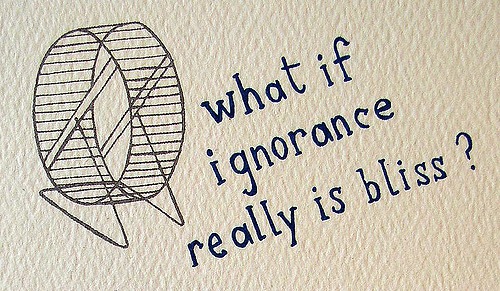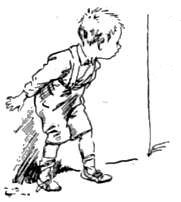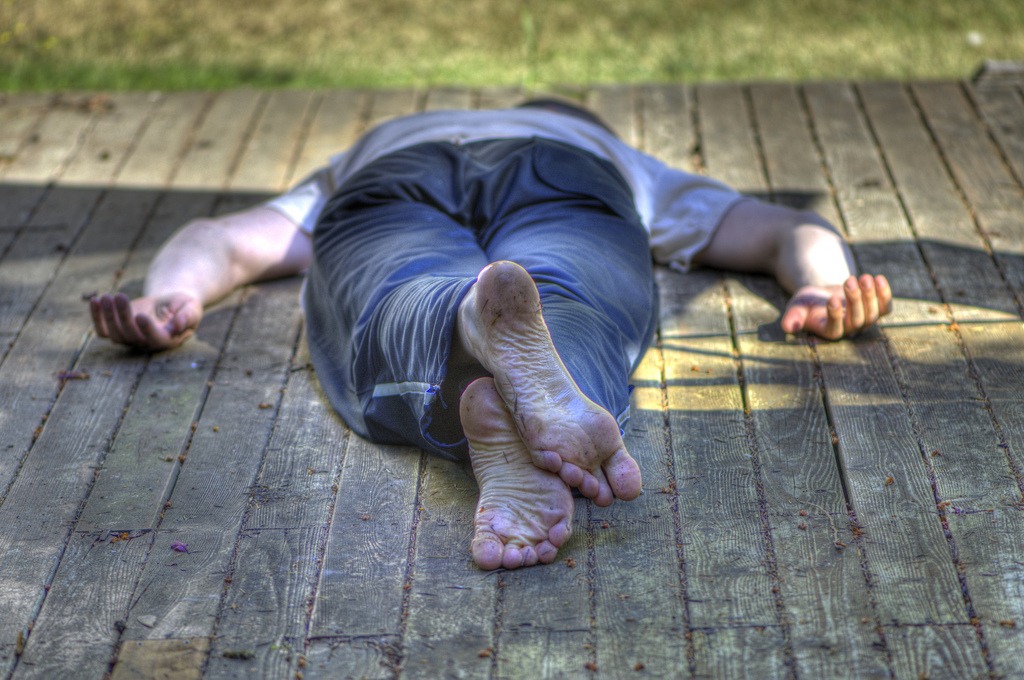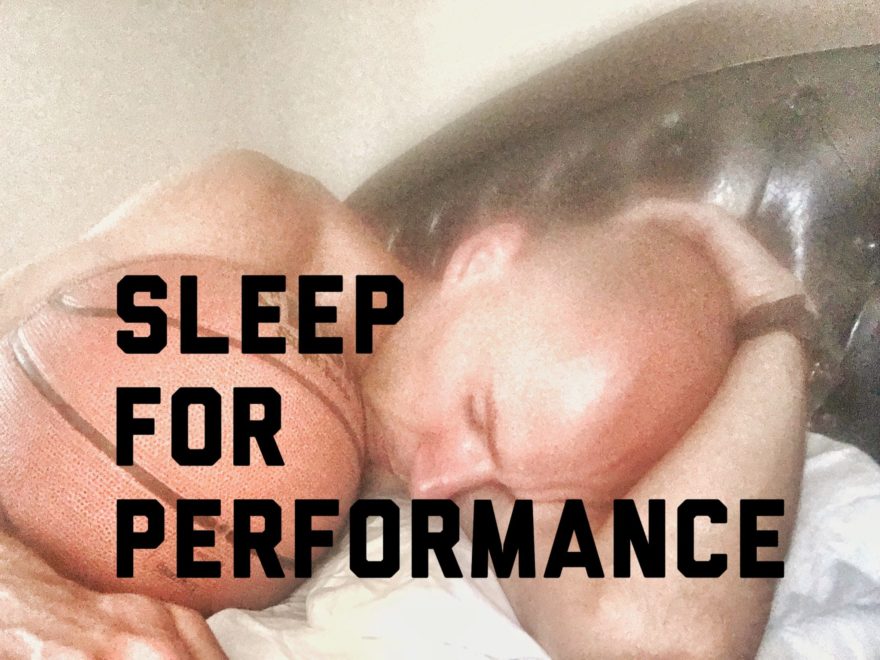A 16 game losing streak. Worst record in the league. 8 rookies. We were in dire straights.
Could we fix it in 2 hours?!?
The NBA travel schedule is one of the hardest in pro sports. 82 games in a season plus playoffs. Several back-to-back games that require time zone changes, late nights, early mornings, and playing nightly at a high level.
And a high level of sleep deprivation.
Fortunately, many NBA teams, including the one I worked for, take whatever measures possible to ensure our guys get enough sleep. They modulate flight times, stay in the best hotels, and use their unlimited budgets to improve sleep quality.
We call that soft where I come from.
My domain—the NBA D-league. Home of the worst schedule in professional sports.
I can’t even call it a nightmare because you don’t sleep enough to hit your REM cycle.
Let’s take a look at this disastrous schedule.
Table of Contents
The Brutal D-League Schedule
A D-league squad will play 50 games in a season plus playoffs. Many road trips contain back-to-back games across multiple timezones. Sounds a bit more low key than the NBA, right?
If only.
Here’s the biggest kicker—all traveling is done commercially. Lower budgets make cheap 6am flights the norm. If we live close enough to our opponent (i.e. within 8 hours), we will bus to the game. Again, to cut costs, the players typically have a roommate in their hotel room, which is never ideal for sleep.
Especially when you have roommates who…ah never mind.

Take all this information into account, and look at one of our early road trips:
Day 1: 6am flight to Reno with a layover in Denver (2 hours gained)
Day 2: 7pm game in Reno
Day 3: 6am flight to Phoenix, (1 hour lost) plus a 1 hour & 15 minute drive to Prescott; 7pm game
Day 4: 1 hour & 15 minute drive to airport for a 6am flight back home (“rest day” because we can’t practice after a back-to-back)
Day 5: 10am hard practice
Day 6: 10am hard practice
You could imagine what happened in this scenario. Two losses, and then one week later three guys sustained injuries in a single game; two of which had to miss over 20 games.
Now you know why I’m bald.
This schedule is a disaster for the night owls known as basketball players. Most guys have bedtimes between 1am and 3am, which given their demands is fairly normal.
Consider their peak alertness levels must be from 7pm to 10pm on game days. The raise in core body temperature from hooping or any physical activity takes roughly 4-6 hours to dip down to levels necessary for sleep, and we can see why 1-3am is their bedtime¹.
This perfect storm is why my team averaged a mere 7.1 hours of sleep per night (6.8 if you take out our star sleeper); far from ideal for professional athletes.
Was that a contributing factor to our 16 game losing streak?

Combine road trips like the one above along with early practices and shootarounds, many of which were immensely hard per workload measures, and it can be quite difficult to perform at a high level.
Fatigue and sleep deprivation are a deadly combination.
Fixing the Schedule for Better Sleep
Midway through the season our head coach was let go. Now that I had accumulated enough data, I had the ammo and opportunity to make some changes with our new head coach. Fortunately this guy was immensely receptive. Here were some of the initiatives I recommended:
- Practice moved from 10 am to 12 pm or later.
- Eliminate gameday shootarounds
- Afternoon flights when possible (rarely); practice before the flight
- If busing, leave 2 days prior to game day and practice immediately prior to departure
- Bus immediately after games that are back-to-back
- Use sleeper buses when possible
- Adjust practice intensity and/or volume based on workload
These recommendations were made to prioritize sleep. Research by Cheri Mah has shown that sleep extension (9+ hours of sleep) improved free throw and 3-point percentage by 9% in college athletes². There is no amount of drilling, technology, or weight room activity that can improve shooting to that magnitude and that quickly. By pushing basketball activities to later in the day, our guys could potentially get a full night’s rest.
Moreover, research in basketball players has shown improved performance via increased power output and speed when practicing occurred in the afternoon over morning³. Theoretically, pushing practice to later would beget improved performance. Better practices means better development, which means better games.
These recommendations also catered to our player’s normal schedules, which allowed for better compliance. Mike Roussell talks a lot about scripting meal plans to increase client success. This strategy involves telling the client exactly what to eat; minimizing potential decision fatigue.
Instead of educating our guys on the importance of sleep, benefits of earlier bedtimes, and hoping for the best, we let them keep their bedtimes and made up the sleep difference on the back end. We scripted the schedule, making the most out of a tough situation. We used the law of least effort.
We adapted.

These seemingly minor changes led to amazing results.
By bumping practice time a mere two hours later, we reduced the number of nights with less than 6 hours of sleep from 12% to 1% in 80% of our players.
More importantly, the changes in our post-initiative record were astronomical.
When we followed these initiatives, our record was 7-6, with 5 of those wins coming against teams with winning records.
Now you might be thinking that the coaching change had everything to do with the victories, but guess what happened when the initiatives weren’t followed? Our record—a measly 2-9, with only 1 win against a winning team.
While the record speaks for itself, there were several things, albeit minor, that I noticed changed as well.
- Overall team energy
Our bench became one of the craziest benches in the league. The difference in practice energy and effort was day and night. You could especially tell the difference on the few occasions we had earlier practices. It was like watching zombies try to hoop.
- Irritability
We had a fight break out at a practice right before the coaching change, and everyone snapping at one another was quite normal. That was gone.
- Reduced in-game mistakes
Not just players, but staff. My in-game duties included keeping track of fouls, time-outs, and minutes. I missed way fewer fouls and was on-point with number of timeouts. We saw fewer errors and quicker decision making from the coaches as well.
- Less selfish play
Everyone was sharing the ball. Finally.
- Fewer injuries
Sleeping less than 8 hours per night makes injury risk 1.7 times more likely; worse yet if you consistently get less than 6 hours of sleep4. We were pretty beat up at the beginning of the year. That all changed once we made this shift.
By prioritizing sleep, we won with a team that couldn’t win.
Forced Sleep Deprivation Contingency Plans
The initiatives were designed for a perfect world, but more often than not the D-League places you in the worst-case scenario. Also known as the dreaded mandatory early flights on road back-to-backs.
Consider this road trip we had:
Day 0: Team appearance until 8pm (really?)
Day 1: 6 am flight to Reno (2 time zone changes)
Day 2: 7pm game in Reno
Day 3: 6am flight to San Jose Airport, followed by a 35 minute bus ride to Santa Cruz
Day 4: 7pm game in Santa Cruz
Day 5: 35 min bus to airport; 6 am flight to Salt Lake (1 timezone change); 7pm game
Day 6: 6 am flight home
Day 7: practice
Day 8: 10:30 am home game against one of the best teams in our conference.
Day 9: Die

There is no way we could apply our new guidelines on this trip. Instead, we had to modify the schedule in such a way that time was built in to catch up on sleep.
Here is what we did.
Day 1: Nap upon arrival in Reno; light practice in the evening
Day 2: No morning shoot around (WON)
Day 3: Nap upon arrival in Santa Cruz; light practice in the evening
Day 4: No morning shoot around (LOST BY 6; Santa Cruz was one of the best teams in our conference)
Day 5: Nap upon arrival in Salt Lake City, hope for the best (BLOWOUT aka scheduled loss to one of the worst teams in our conference)
Day 6: Catch up on as much sleep as possible
Day 7: practice at 2pm, which was unfortunately harder than suggested
Day 8: (LOST by 10 to one of the best teams in our conference)
We prioritized sleep and workload management in the first three games, and though not ideal we still had a better outcome than expected. When we wavered away from our initiatives at our home game, we lost. A light practice on day 7 would’ve been a perfect way to manage accumulated fatigue.
Now here is the cool thing. Two days later, we played the team we lost to on day 8 at home again. No games in between for either team. Here is how we continued the recovery process from that prior road trip:
Day 9: Walkthrough with just some light individual skill work at 6pm
Day 10: Shootaround at 1:30pm; game at 7pm
Guess what happened? We ended up winning by 3. In fact, we were up by over 20 for a bulk of the game before we eased up at the end. Same team, yet completely different outcome.
By just manipulating the simple things and doing them savagely well, you can take even the worst team and make some magic happen. Taking care of the basics—sleep, nutrition, and load management—often does better for performance than anything we can do as physical preparation and sport coaches. Especially when you have the best of the best.
Schedule Rules for Optimal Sports Performance
If we want to maximize an athlete’s physical preparation, there are several “rules” we can apply to schedules to ensure our teams have the best shot at winning:
- Consider gameday a “hard” day, and surround your “hard” days with “light” Days
Our physiology improves by applying an acute stressor and promoting an environment to recover from that stressor. Game days are stressful for a multitude of reasons, thus days leading up to and beyond game days should contain whatever possible that promotes recovery This would include skill work, tempo training, long rest periods between drills, and low intensity weight training.
Here’s an example of a tempo drill:
Monitoring acute:chronic workload can help guide this process. This measure calculates the amount of work done over the last seven days compared to the average workweek over the previous four weeks. Ratios higher than 1.5 pose a significant risk factor for injury, whereas keeping workload levels between 0.85 and 1.35 minimize injury risk5.
Measuring this ratio can help a coach target who needs practice intensity adjusted, and conversely how much intensity must be added to low minute players. Planning games and practices accordingly would significantly reduce the number of DNP-rests we see at the NBA level.
Missed games come from mismanagement.
- Fewer hard practices
When riding a losing streak, the thought is often we have to work harder and get in better shape to be successful for the next game. If only we didn’t have progressive fatigue to be concerned about. Fatigue masks fitness and will reduce performance.
Counterintuitively, perhaps the best thing to do after a tough loss is to take a rest or film + visualization day. I’ve seen the downward spiral of loss, hard practice, loss, and harder practice fail miserably. You can’t outsmart physiology. Performing at the highest level 50+ times in a year-span is hard enough.
- After a day off, ramp up workload with a “light day” first, then follow with a “hard” day
Acute workload spikes—a substantial increase in workload compared to prior days—are one of the biggest risk factors for injury. Slowly ramping up workload is a safer way to increase fitness and performance over the course of the season, and results in fewer injuries.
- Eliminate morning workouts and shootarounds
This is a sleep killer because you are forcing night-owls to get up earlier than they are accustomed to. No drill can overcome the skill deficits incurred from lost sleep.
Practice later when possible, and if it’s game day, use pre-game time to review film and teach concepts. That way the information discussed is fresh in the players’ minds.
[PRO-TIP]: Want an advantage against your opponent? Have the opposing team’s shoot around be the earliest slot possible. Most coaches will follow tradition and use their slot, thus reducing the opponent’s sleep allotment.
- Practice times should correspond with game times
Late practices allow players the opportunity to get a full night’s sleep. That is the most powerful performance tool you’ll have in your arsenal.
If we consider that a basketball player’s peak wakefulness levels are in the evening, you’ll likely get more out of your practices the later they occur. Moreover, core body temperature is highest around 5-7pm, which will also increase performance¹. I’d say this block is the ideal practice time for all those reasons.
- Travel as late as possible; practice prior to departure
Again, later travel allows for a full night’s rest. Never sacrifice a full night’s sleep.
Practicing prior to travel maintains workload levels, and then your practice quality is not impacted by travel fatigue.
If you would have to wake up earlier than necessary to fit in the practice, then it would be better to practice in the new city. Make this practice a lighter one filled with active recovery and tempo-work. Movement post-travel may help with jet lag.
- Slowly ramp workload at the start of the season and upon returning from large breaks.
Resist the urge to “catch-up” on workload, get in shape faster, or “knock off the dust” from an extended break.
In a perfect world, your personnel has put in work all offseason, and included some pickup so their bodies are prepared for the demands of the game. The more likely scenario is that one or two guys are ready to play at a high level, and everyone else will be sucking for air.
Trying to get in shape fast spikes workload, putting the athlete at a significant risk for injury at worst and decreasing performance at best. Remember, you can’t outsmart physiology, so take time to build fitness over the course of the season. Our team had fewer injuries as the season progressed, and one big reason was because we built up workload in a reasonable manner.
- On the road back-to-back, sleeper bus after the game if possible
The D-League mandates that a team must take the earliest flight possible to a new city if you are playing a road back-to-back. This situation is far from ideal, as sleep is inevitably broken up or doesn’t happen. Most players I’ve spoken to pull all-nighters on these trips.
If the distance isn’t too far to travel, take a sleeper bus. That way you arrive in the city in ample time and can get some sleep on the way over. If the morning flight is your only option, sleep as much as you can the night prior, nap maximum 2 hours on the flights, and then nap 1.5-2 hours upon arrival to the hotel. This will help you catch up on the slow wave sleep necessary for tissue repair. Also, the act of taking multiple naps increases light sleep cycle exposure, which has been demonstrated to increase motor performance¹. The improvements are comparable, though no substitute, to a full night’s rest.
Sum Up
Sleep is a vastly underrated performance enhancer, and prioritizing it, even under terrible circumstances, can lead to success.
To summarize:
- Prioritize scheduling to maximize sleep
- Practicing later allows for longer sleep durations and increases performance
- Use scripting – It is easier to change the environment than it is to change the person
- Respect the acute:chronic workload and how sleep can alter this measure
How do you deal with sleep deprivation? Comment below.
Recommended Relevant Resources
Sleep Smarter by Shawn Stevenson
References
1 – Maas J. Sleep for success! Everything you must know about sleep but are too tired to ask. 2011. Authorhouse.
2 – Mah CD, Mah KE, Kezirian EJ, Dement WC. The Effects of Sleep Extension on the Athletic Performance of Collegiate Basketball Players. Sleep. 2011;34(7):943-950. doi:10.5665/SLEEP.1132.
3 -Heishman AD, Curtis MA, Saliba EN, Hornett RJ, Malin SK, Weltman AL. Comparing Performance During Morning vs. Afternoon Training Sessions in Intercollegiate Basketball Players. Journal of Strength and Conditioning Research. 2017;31(6):1557-1562. doi:10.1519/jsc.0000000000001882.
4 – Milewski MD, Skaggs DL, Bishop GA, Pace JL, Ibrahim DA, Wren, TA, Barzdukas A. Chronic lack of sleep is associated with increased sports injuries in adolescent athletes. J Pediatr Orthop. 2014;34(2):129-33.doi: 10.1097/BPO.0000000000000151.
5 – Abdelkrim NB, Castagna C, Fazaa SE, Tabka Z, Ati JE. Blood Metabolites During Basketball Competitions. Journal of Strength and Conditioning Research. 2009;23(3):765-773. doi:10.1519/jsc.0b013e3181a2d8fc.
Photo Credits

